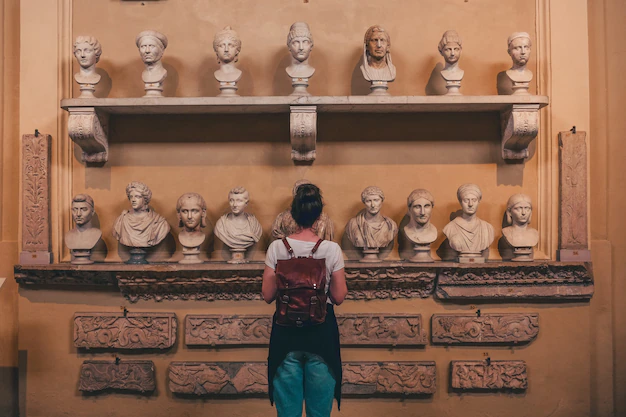Ancient artz, a term encompassing timeless artistry and age-old craftsmanship, reflects humanity’s rich cultural heritage. These historical art forms are not just artifacts of the past but living traditions that connect us to our ancestors’ creativity and ingenuity. By exploring ancient artz, we gain insights into the traditional techniques and cultural heritage that have shaped civilizations.
The Significance of Ancient Artz in Cultural Heritage
Ancient artz plays a vital role in preserving cultural identity. Each piece of craftsmanship tells a story of the past, showcasing the skills and creativity of artisans who passed their knowledge down through generations. From indigenous arts to legacy crafts, these traditional crafts serve as a bridge between history and modernity, preserving the essence of a culture’s unique expression.
Historical Craftsmanship: Techniques That Stand the Test of Time
Ancient artz thrives on traditional techniques passed down through centuries. These methods, often learned through apprenticeships, rely on handcrafting skills using natural materials. Whether it’s weaving intricate textiles, creating hand-thrown pottery, or carving delicate wood sculptures, these age-old craftsmanship methods demonstrate dedication to preserving authenticity and precision.
1. Textile Weaving: Cultures worldwide developed unique weaving techniques. Indian silk sarees, Persian carpets, and Andean textiles are celebrated for their intricate patterns and vibrant colors.
2. Pottery and Ceramics: Ancient pottery practices in regions like China and Greece are examples of how clay was transformed into functional art.
3. Wood Carving and Stone Sculpting: From African tribal carvings to ancient Egyptian stone sculptures, artisans have utilized natural resources to create timeless masterpieces.
The Evolution of Ancient Artz in the Modern World
While ancient artz remains rooted in tradition, it has evolved to meet contemporary demands. Today, many artists fuse historical craftsmanship with modern designs to appeal to global audiences. This blend of old-world arts and modern creativity ensures that traditional crafts remain relevant and appreciated.
In recent years, there has been a resurgence of interest in ancient creative practices. Consumers value authenticity, sustainability, and the human touch in products, leading to increased demand for handmade goods. This revival supports local artisans and helps sustain endangered art forms.
Challenges Faced by Traditional Crafts and Historic Artistry
Despite the renewed interest, ancient artz faces challenges that threaten its survival. Globalization, industrialization, and the rise of mass production have marginalized many traditional crafts. Young artisans often seek more lucrative careers, leading to a decline in those practicing historic artistry.
To combat these challenges, initiatives aimed at preserving ancient cultural crafts have emerged. Organizations and governments are investing in training programs, creating platforms for artisans to showcase their work, and raising awareness about the importance of preserving these art forms.
How to Support and Preserve Ancient Artz
Preserving ancient artz requires collective effort from governments, communities, and individuals. Here are ways to contribute:
Purchase Authentic Handmade Goods: Support artisans by buying their handcrafted products.
Promote Cultural Awareness: Participate in cultural heritage events and share knowledge about traditional crafts.
Encourage Art Education: Advocate for the inclusion of traditional crafts in educational curriculums.
Support Artisan Communities: Donate to organizations that work to preserve cultural heritage art and craftsmanship.
Conclusion
Ancient artz is more than just a reflection of the past; it is a testament to human creativity, resilience, and cultural diversity. By supporting traditional crafts and historical craftsmanship, we ensure that these timeless art forms continue to inspire future generations. The preservation of ancient artz is essential for maintaining the richness of cultural heritage and celebrating the beauty of our shared human history.
FAQs
1. What is ancient artz?
Ancient artz refers to traditional crafts and historical art forms that showcase the cultural heritage and craftsmanship of past civilizations.
2. Why is preserving traditional crafts important?
Preserving traditional crafts helps maintain cultural identity, supports artisan communities, and keeps age-old craftsmanship alive for future generations.
3. How can I support ancient artz?
You can support ancient artz by purchasing handmade products, promoting cultural awareness, and supporting organizations that protect traditional crafts.
4. What are some examples of ancient craftsmanship?
Examples include textile weaving, pottery and ceramics, wood carving, and stone sculpting from cultures worldwide.
5. How has modern society impacted ancient artz?
Globalization and industrialization have led to the decline of traditional crafts, but there is a growing movement to revive and preserve these ancient creative practices.










